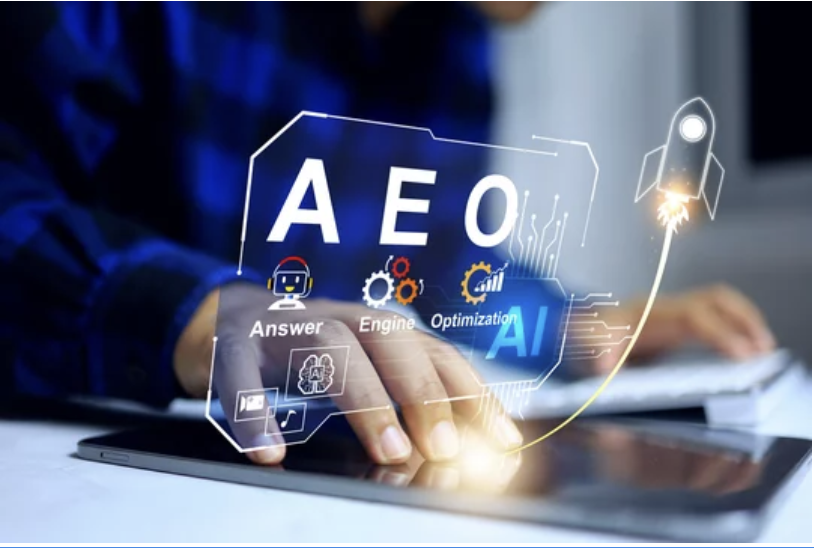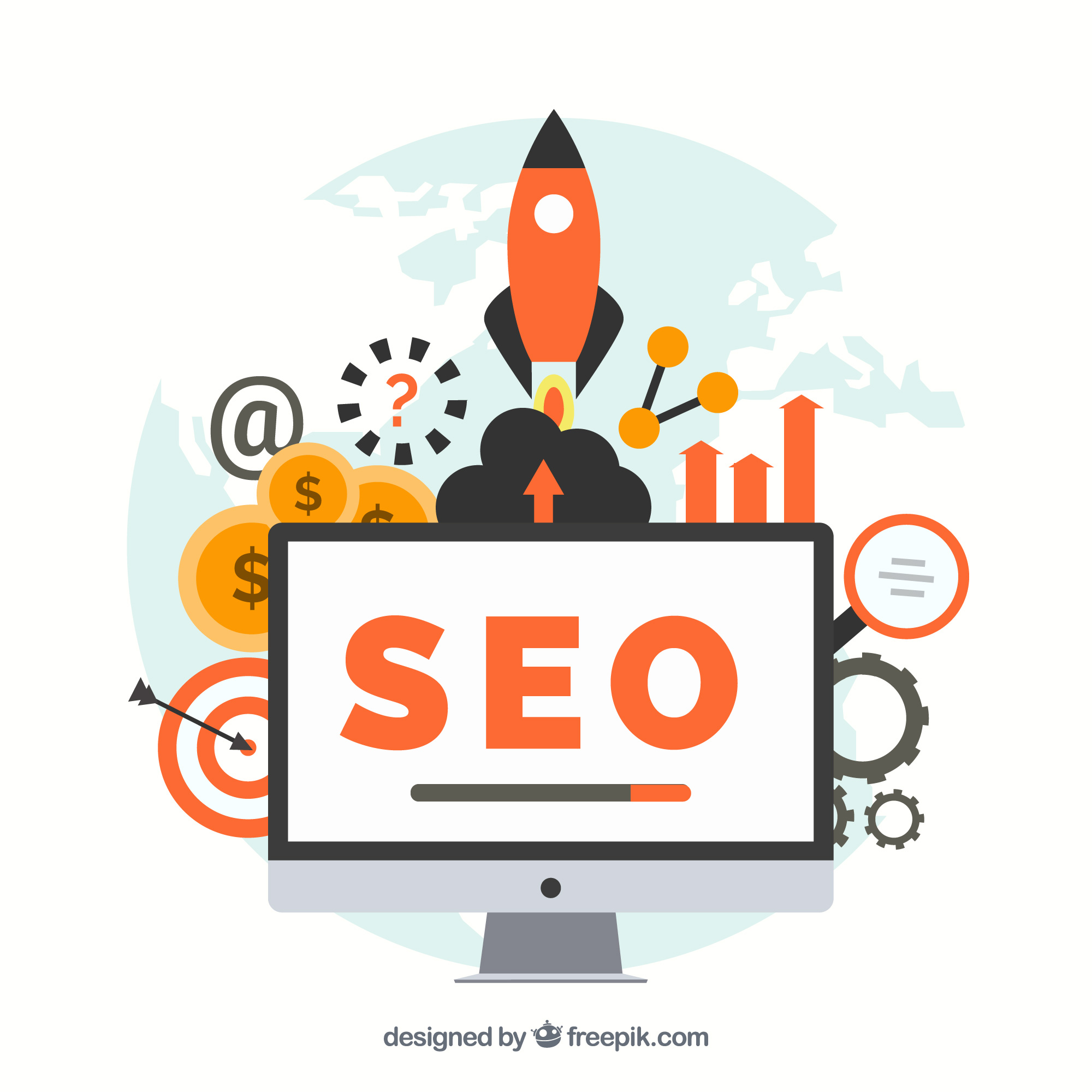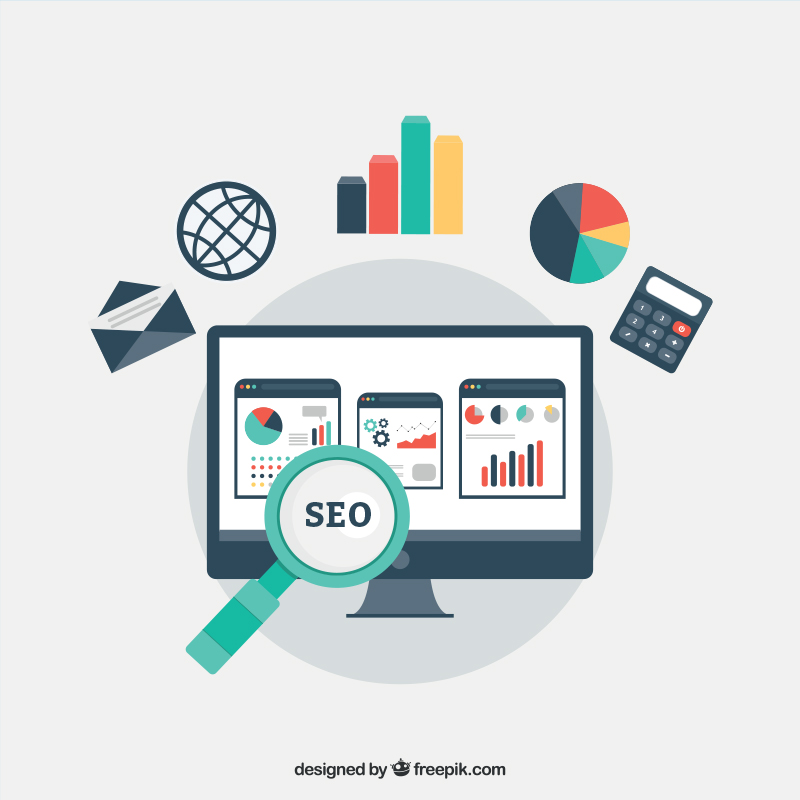Optimization Model in the Era of Answer Engines and AI Agents: A Complete Guide

Search and discovery are rapidly evolving with AI-powered answer engines (AEs) and agentic AI transforming how users resolve queries, interact online, and make decisions. To thrive in this future, marketers and businesses must rethink core optimization frameworks. The Optimization Model offers four critical lenses to navigate this change:
• Pre-Search: Understanding the resolution questions your customers ask and upgrading your owned experiences accordingly
• Search Experience: Adapting paid and organic strategies to emerging AI-driven answer engine environments
• Pan-Search: Preparing for autonomous AI agents transacting, deciding, and interacting on behalf of human users
• Measure Differently: Embracing new KPIs, attribution models, and analytics built for answer engine visibility and impact
This guide dives deep into each lens, sharing research conclusions, tactical best practices, and forward-looking predictions for 2025 and beyond.
Pre-Search: Understand Resolution Questions + Upgrade Owned Experiences
Before users even engage with search or AI assistants, they enter the Pre-Search phase—where awareness builds, problems are realized, and resolution questions form in their minds. Understanding this phase is crucial to creating content and experiences engineered for success in answer-driven discovery.
Solid Research Into Resolution Questions
Traditional keyword research no longer suffices. Instead, targeting resolution questionsusers ask is key. These questions capture the precise intent and the information users need to decide or act. Techniques include:
• Using advanced question research tools like AnswerThePublic, AlsoAsked, and Google’s People Also Ask to gather long-tail, conversational-style queries
• Mapping user journeys to identify awareness, consideration, and decision-stage questions
• Prioritizing “how,” “why,” “what,” and “which” question formats dominant in AI and voice search queries
For example, a home appliance brand shouldn’t just optimize for “best vacuum cleaners” but target questions like “how to choose a vacuum for pet hair” or “what vacuum features save time cleaning.”
Upgrading Owned Experiences
Owned experiences—websites, apps, knowledge bases—must be reconsidered through the lens of answerability:
• Structured Content: Use schema markup (FAQ, HowTo, QAPage) so AI understands and surfaces your owned answers
• Answer Clarity: Provide concise, authoritative answers in clear language, with the best answer near the top of your content
• Content Modularity: Create content in bite-sized, independently answerable units to enable AI extraction and recombination
• User Flow and Interaction: Design experiences that anticipate user questions and provide frictionless paths to answers, conversion, or next steps
Brands investing in such pre-search upgrades benefit from higher AI citations within answer engines and greater direct answer visibility.
Search Experience: Adapt Paid and Organic Strategies for Answer Engine Environments
The Search Experience lens acknowledges that search itself is transitioning—from traditional SERPs to AI-generated overview panels, voice answers, and multi-modal assistants.
Organic Search Adaptation
• Answer Engine Optimization (AEO): Optimize content specifically to be cited as direct answers by AI. Tactics include FAQ schema, answering specific questions clearly in under 50 words, and natural language.
• Featured Snippets & People Also Ask: Targeting these spaces increases visibility in zero-click environments, capturing voice traffic and intelligent assistant queries.
• Authority & Trust: AI answer engines heavily weigh authoritative third-party citations and factually accurate content aligned with E-E-A-T principles.
• Conversational Copywriting: Optimizing for voice and chat queries by using natural, conversational phrasing in content aids match rates with AI queries.
Paid Search Evolution
• Bid Adjustments: AI-driven overviews and answer boxes reduce traditional ad real estate, requiring higher bids and refined audience targeting for paid placements.
• AI-Powered Ads: Dynamic, AI-optimized ad creatives and targeting are essential to maintain visibility as algorithmic AI replaces classic ad models.
• Attribution Changes: Track AI-assisted conversions using UTM parameters and AI referral detection in analytics platforms.
Pan-Search: Preparing for AI Agents Transacting on Behalf of Humans
Pan-Search captures the expanding horizon where agentic AI autonomously transacts, makes recommendations, and performs tasks on users’ behalf.
What Are AI Agents and Pan-Search?
AI agents interact across platforms, search engines, and APIs to fulfill complex human needs—booking flights, buying products, managing subscriptions. They synthesize data from multiple systems, navigating “pan-search” spaces beyond single search engines.
Preparing for Agentic AI
• API and Data Integration: Expose content, inventory, pricing, and business data through well-documented APIs to empower agents.
• Real-Time Data Feeds: Maintain accurate, up-to-date feeds for dynamic items like pricing, availability, or offers essential for trusted agent decisions.
• Semantic Interoperability: Adopt semantic web standards enabling agents to interpret business context and content meaningfully.
• Brand Representation: Develop AI “agent personas” and conversational frameworks to control how your brand is presented and transacted by AI agents.
Brands that prepare for pan-search contexts gain first-mover advantages in new discovery and commerce frontiers powered by autonomous AI.
Measure Differently: New KPIs, Attribution Models, and Analytics for Answer Engines
Measurement models for success must evolve alongside search technology.
Key Differentiators for Answer Engine Measurement
Unlike SEO’s traditional focus on ranking, clicks, and sessions, AEO and agentic environments require new metrics:
• Answer Mentions: The frequency your brand or content is cited directly in AI answers or assistant replies.
• Snippet & AI Box Placements: Number of times your content appears in featured snippets, “People Also Ask,” or AI chat interfaces.
• Voice Search Share of Voice: Percentage of voice queries answered by your content or brand representation.
• AI Referral Traffic: Visit and conversion tracking from AI platforms like ChatGPT, Bing Chat (powered by UTMs or referral data).
• Engagement Quality on AI Traffic: Since some answer visibility leads to zero clicks, focus on bounce rate, time on site, and user activity for quality assessment.
• Conversions & Downstream Impact: New attribution models credit AI-driven assist roles in multi-channel funnels, linking AI interactions to conversions or revenue.
Tools and Techniques
• Use Bing Webmaster and SE Ranking for monitoring AI answer mentions and conversational query visibility
• Google Analytics 4 filter and custom reports for AI referral analysis
• Enterprise AEO analytics platforms like Profound or Goodie for multi-source AI query tracking
• Continuous refinement of dashboards emphasizing visibility, influence, and engagement in AI-powered discovery
Conclusion
The Transformation of Search to AI-Powered Answer and Agentic Environments requires a strategic pivot. The Optimization Model’s four lenses—Pre-Search, Search Experience, Pan-Search, and Measurement—provide a comprehensive framework to lead the transition. By understanding and acting on these sequential realities, brands can secure visibility and influence in a fragmented but opportunity-rich landscape.
Businesses that master resolution questions, optimize for AI answer visibility, prepare for autonomous AI agents, and measure with new KPIs will dominate the next era of digital discovery.
Get More Insights Like This
Subscribe to our newsletter for weekly digital marketing tips and industry updates


